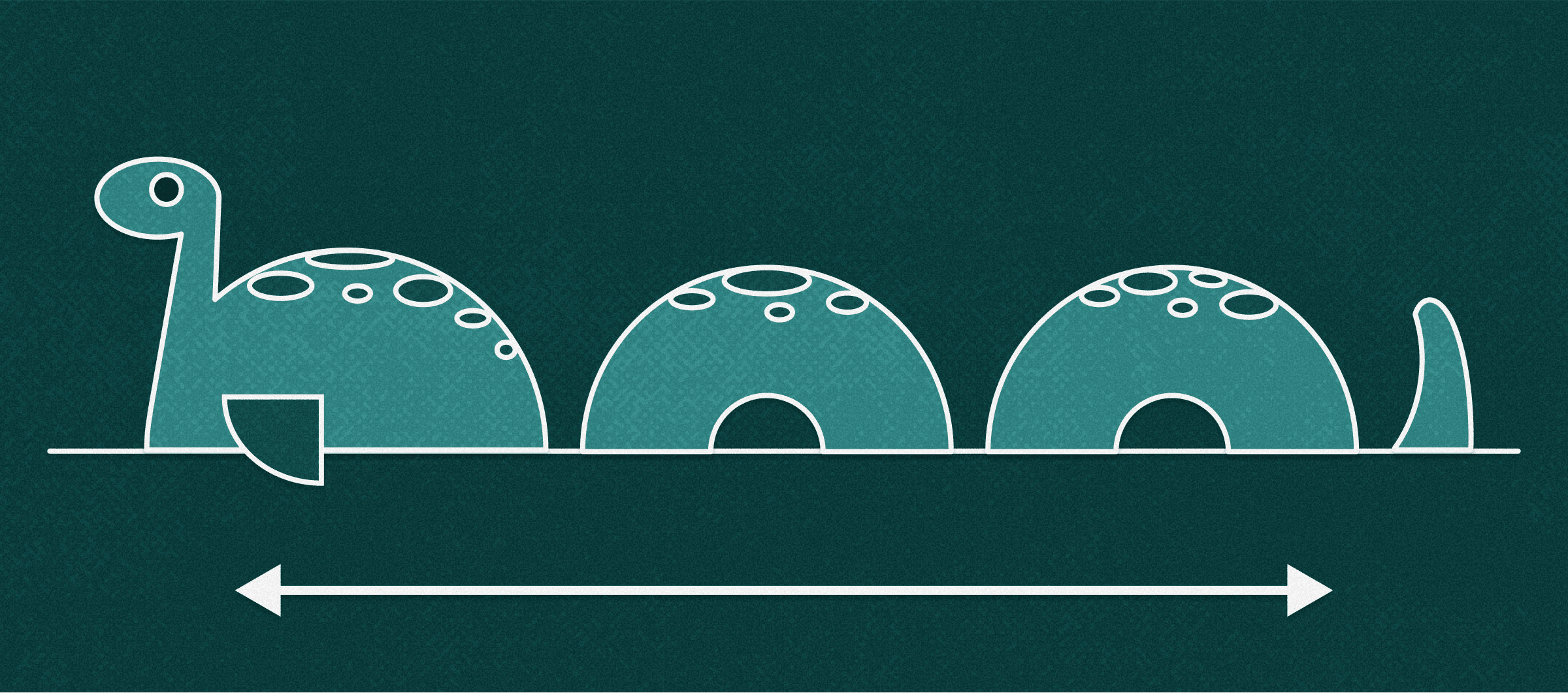The 3 Best Options to Modernize Your Legacy Systems

Legacy systems, the foreboding leviathans of enterprise IT. Deeply embedded, multi-tentacled monsters that are just lying in wait to lay a path of disruptive destruction in their wake should they stop functioning as they should.
It is imperative to face the lurking monster in the dark annals of your organization’s IT past. There is no other choice but to be adaptable and flexible in the post-digital world. To do anything less is asking to be left behind.
Don’t get trapped in old legacy system tentacles. In this blog post, discover the best ways to conquer the beast: learn about replacing legacy systems and the best options to modernize old processes.
Top 3 Legacy Modernization Options
Legacy systems endure so far beyond their logical expiration date because they were highly effective and well-built to begin with. So, over time, more and more systems and processes were either connected to them or relied on them.
For a while, leaving older tech alone may have followed the “if it ain’t broke, don’t fix it” approach. But as those aging cores and mainframes became more entrenched in the broader IT landscape, the argument for leaving well enough alone shifted to more of an “if you try to fix it, it’ll break” mindset.
Even if a legacy system is still working, it’s not capable of evolving
But the hard truth of it is that even if a legacy system is still working, it’s not capable of evolving. It can’t connect to work with or support new technologies or concepts like edge computing or intelligent automation.
Sadly, there’s no single universal truth when it comes to updating old tech. There isn’t even a total consensus when it comes to categorizing those choices, but we’ve boiled down legacy modernization to its three most crucial components.
According to analysts, there are seven ways to modernize legacy systems. That’s a lot of choices to evaluate and sort through. But when it comes to modernization, there are really only three options. Choosing which way to go depends on a number of factors: time, risk, and cost rest at the top of that list for many organizations.
1. Replace the legacy system

In some cases, you may decide to replace your system altogether. This “rip and replace” approach can be very disruptive, particularly if you are already experiencing a considerable amount of organizational or technology-related change and have limited internal capacity to accommodate even more change.
As TechTarget points out, replacing legacy systems can prove to be prohibitively expensive, but there are some situations where it may be the best choice. If your legacy software is no longer reliable and regularly throws a wrench into business productivity or if it’s so outdated that you can no longer obtain adequate technical support for it, you may want to consider a replacement.
Your business model may have changed significantly since you first implemented your systems—and if those systems no longer support your current business direction and you can’t realistically modernize them to enable that kind of support, then it might be time to switch to something completely new.
Read more about replacing legacy systems >
2. Extend the legacy system

If your legacy application has some years on it but still faithfully performs its core functions, you may not actually need to replace it.
Instead, you might be able to modernize it by extending its capabilities. For example, your legacy software may not support integration out of the box, which could make it harder to share data between applications and boost productivity.
Grappling with the question of how to integrate legacy systems with newer technology can be challenging. But by extending your systems — or, using a low-code solution to automate processes from end to end — you can modernize them without having to take on a massive software replacement project.
When your employees see how the changes improve their working lives, they will be more open to pursuing additional advancements
Extending your legacy software can deliver other benefits as well. When you successfully modernize legacy applications using this method, you create positive momentum for future digitalization. And when your employees see how the changes improve their working lives, they will be more open to pursuing additional advancements.
In addition, your IT team will no longer be forced to dedicate the lion’s share of their time and expertise to keeping the lights on and working reactively. Your organization may even be able to adopt a mindset that’s more conducive to growth and innovation once longstanding issues with legacy systems are resolved.
While all of these soft benefits may seem like pleasant but optional side effects at first, they will lay a strong foundation for digitalizing your business.
Read more about extending legacy systems >
3. Migrate the legacy system

If your business urgently needs to transform key processes and your legacy software isn’t flexible enough to support the desired changes, or if your legacy application doesn’t provide the right user experience anymore, legacy migration may be the best choice for your needs.
This approach can also be worth taking on if your legacy applications are working just fine but the infrastructure beneath them is woefully out of date. In this case, you might elect to do what’s called a lift-and-shift legacy migration, in which your IT team essentially rebuilds your existing application on top of a modern app architecture.
Migrating legacy systems can improve performance and adaptability, delivering a more reliable version of the systems your employees know so well while also giving them the flexibility and scalability that only modern infrastructure can offer. This can enable your organization to make the most of its legacy software and strategically accelerate the process of digitalization.
Read more about migrating legacy systems >
From legacy to legend with low-code
To innovate and stay competitive, you must confront the tech debt that stands in the way of digitalization. According to Gartner, many organizations believe that legacy systems are holding them back, preventing them from realizing crucial changes in their digital landscape. The clear path forward is undoubtedly modernizing legacy applications, but knowing where you need to go and figuring out how to get there are two very different things.
Organizations across multiple industries have turned to low-code to support their legacy modernization efforts.
- Automotive technology titan, Continental, chose low-code to replace a litany of legacy systems that had reached end-of-life status.
- The Municipality of Dubai brought an entire city’s functionality into the digital age by automating paper-based processes across 36 departments.
- PostNL, a parcel and package company serving the Benelux region, leveraged a unique architecture model and built an entirely novel and customizable system to take the place of their withering parcel management function — much of which relied on manual processes and therefore was incredibly prone to errors.
Legacy modernization is so ardently avoided because it’s difficult and expensive. But when it becomes necessary, finding the right approach and right partner will make the transition from old school to new world faster and smoother.
